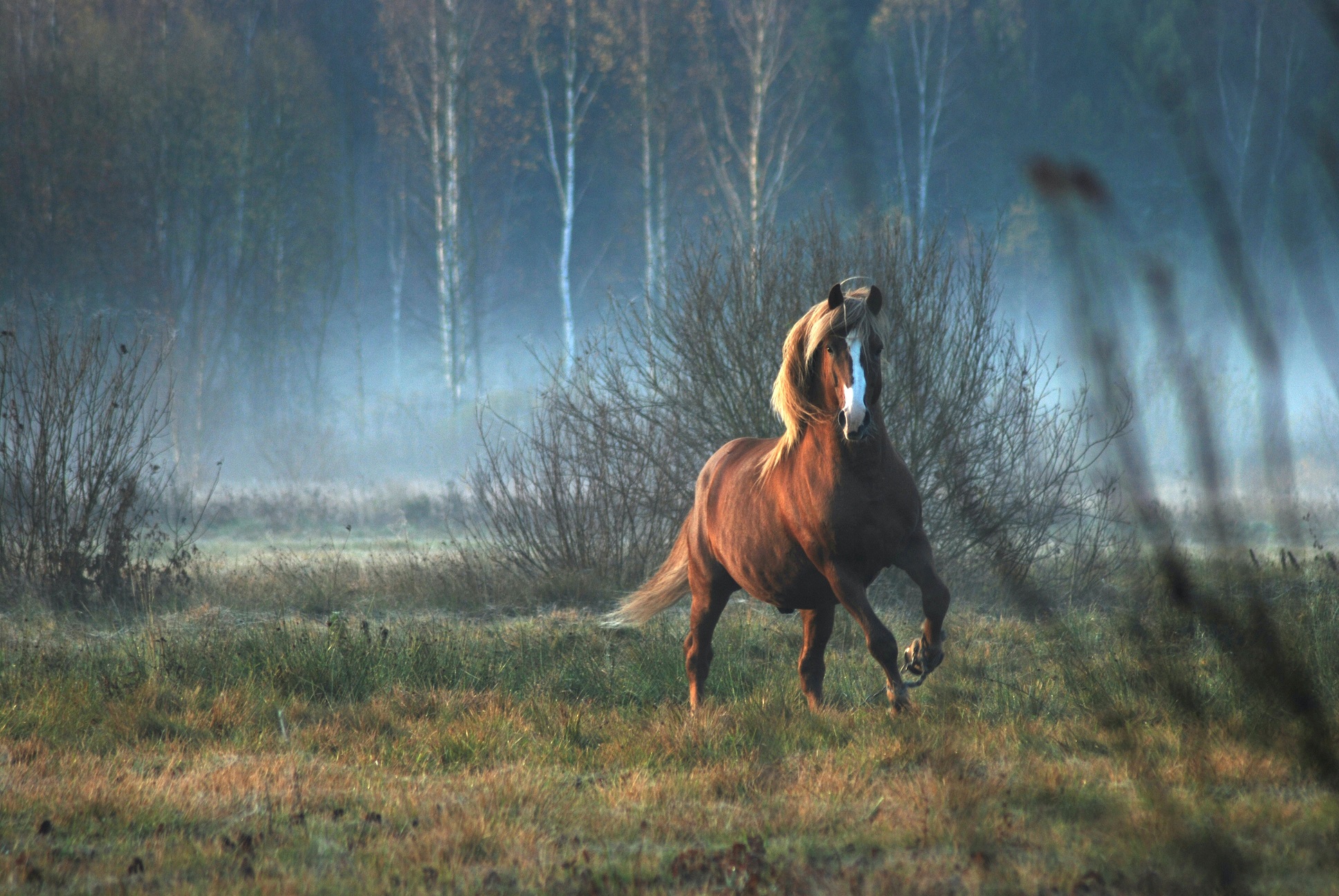Pyruvate Kinase Deficiency (PKDef) – West Highland White Terrier
Pyruvate Kinase Deficiency (PK Deficiency) is a disorder of the red blood cells, which can result in anaemia and abnormal bone development. It is caused by a recessive mutation to the PKLR gene. The variant analysed in this test is found in the West Highland White Terrier. Related variants are also found in the Basenji, Labrador Retriever, Pug and Beagle.
